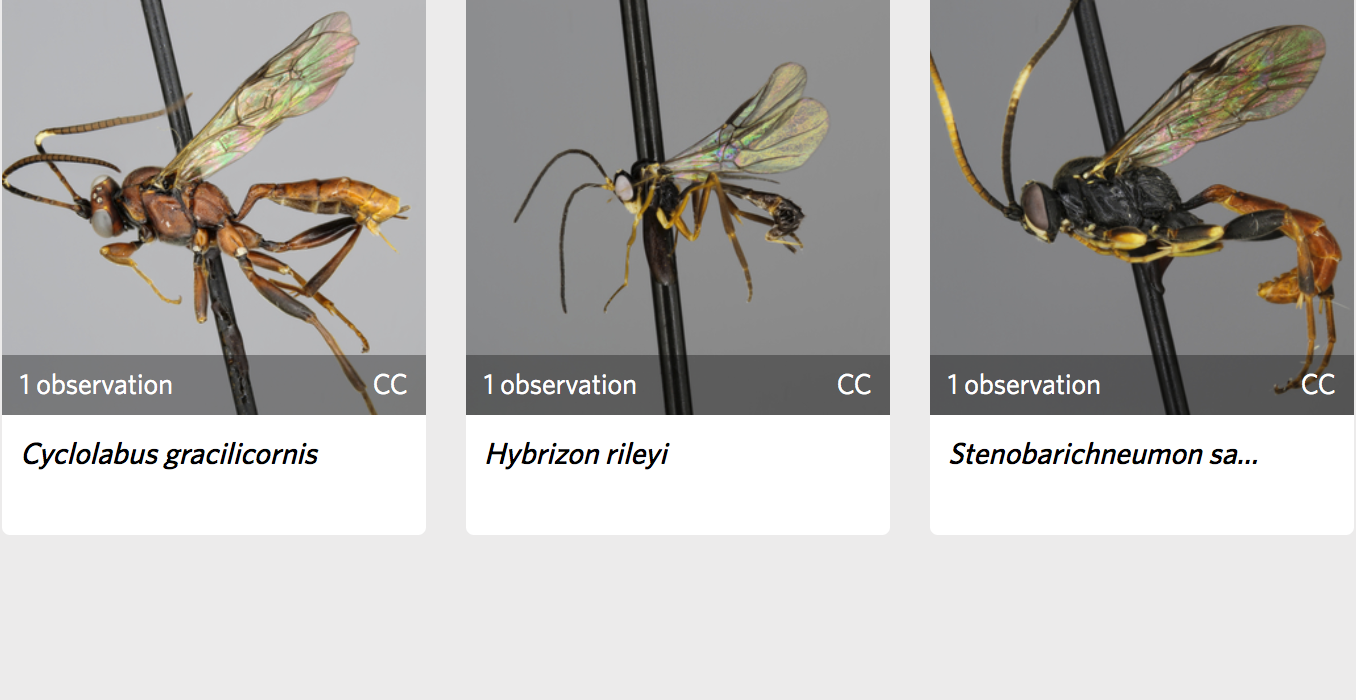Beetles are traditionally thought of as the most diverse group of animals on the planet. This long-held belief is based primarily on the number of described species, which is heavily biased toward insects that are relatively easy to collect and identify. A fascinating (and relatively readable) paper published in 2018 provides compelling evidence that hymenoptera (wasps, bees, ants, etc) are likely much more diverse. The author’s assertion is based primarily on the extraordinary diversity of parasitic wasps, a group that has received far less study than beetles and other “charismatic” insects, in large part because they are challenging to collect and identify.
With this in mind, we are pleased to provide a brief update on a neat collaboration that is offering a glimpse into one group of parasitic wasps in Vermont. Jody Frey (@schoolstreetflowers on iNaturalist) got the ball rolling when she set up two malaise traps in Barton, Vermont, with her friend Andrée Reno Sanborn (@andreerenosanborn). They contributed bees from these traps to the Vermont Wild Bee Survey—which led to the discovery of at least one new species for the state—and sent the remaining insects to Brandon Claridge (@bclaridge), a graduate student in Utah studying ichneumonid wasps. As time allows, he is sorting and identifying ichneumons from the traps (malaise traps are great at collecting obscure ichneumons). He has also graciously volunteered to identify ichneumons accidentally collected by the Vermont Wild Bee Survey, giving us at least a cursory look across the state!
As an added bonus, he has also been adding spectacular photographs of the specimens to iNaturalist, providing a colorful window into an overlooked taxon. So far he has found at least 24 species, almost all of which were new state records for Vermont. With hundreds of specimens remaining, this is likely just the tip of the iceberg. Eventually, all of his identifications will be added to the bee dataset already on the Global Biodiversity Information Facility, providing open access data that take us ever so slightly closer to understanding the insect biodiversity of our state.







